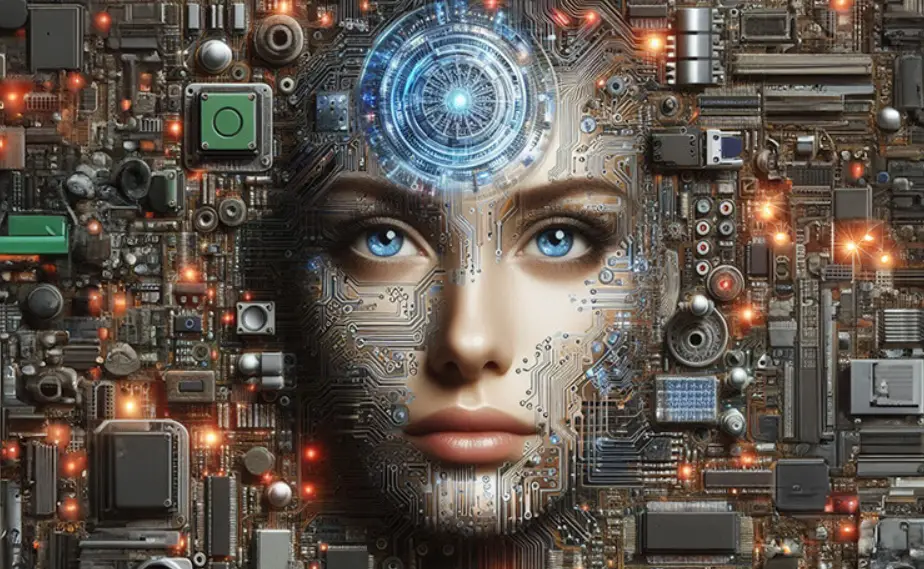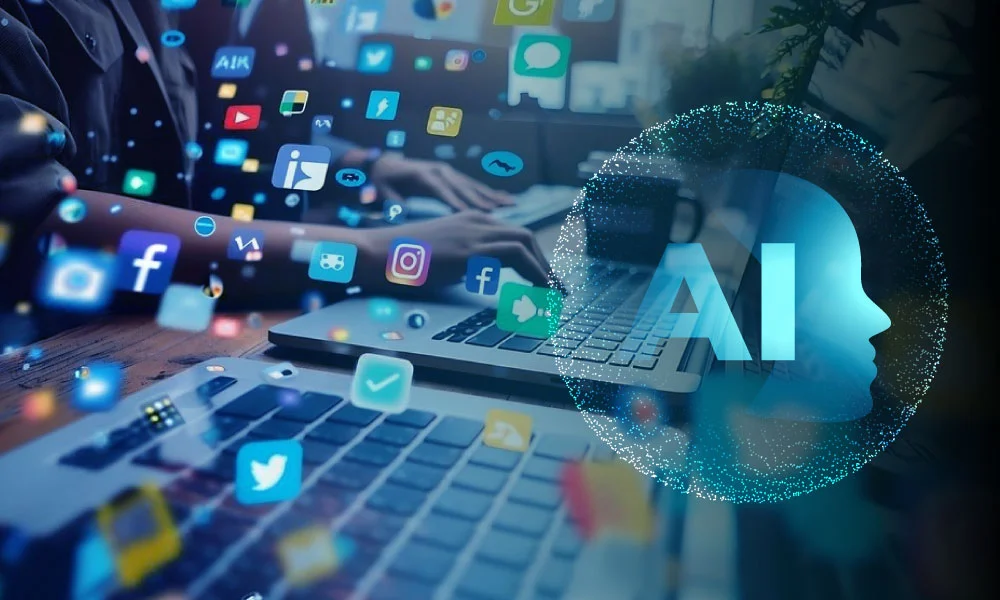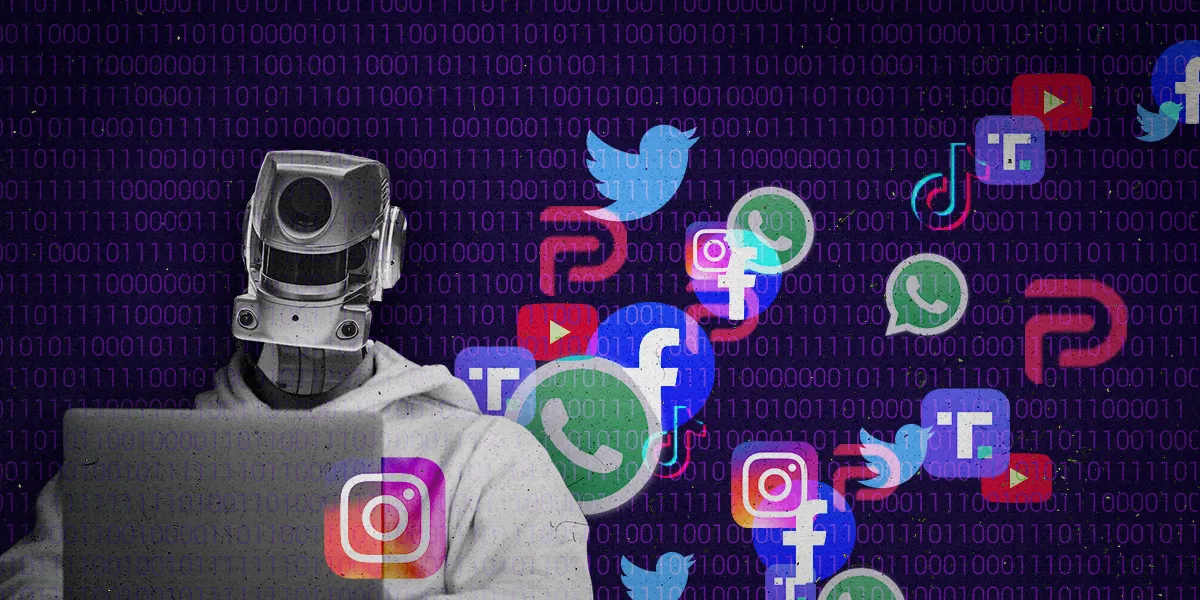Generative AI has made a remarkable impact across various sectors. Through real-world case studies, we can better understand how businesses and organizations are leveraging this powerful technology to solve problems, improve efficiency, and drive innovation. Here are several compelling examples:
1. Coca-Cola: AI-Generated Marketing Campaign
Coca-Cola launched its “Create Real Magic” campaign by using OpenAI’s DALL·E and ChatGPT to generate ad visuals and taglines. This allowed fans and creators to co-create content with the brand, significantly boosting engagement while showcasing AI’s role in creative advertising.
2. GitHub Copilot: Assisting Developers
GitHub Copilot, powered by OpenAI Codex, acts as an AI pair programmer. Developers from companies like Shopify and Stripe use it to write and autocomplete code, saving time and reducing errors. In many cases, Copilot has increased developer productivity by up to 40%.
3. Canva: AI-Powered Design for Everyone
Canva integrated generative AI tools like Magic Write and AI image generation into its platform. These features help users with no design background to create visually stunning graphics, documents, and social media content quickly, democratizing creative design.
4. KPMG: Automating Financial Summaries
KPMG has implemented generative AI tools to summarize complex financial documents, draft reports, and automate internal communication. This innovation helps financial analysts focus on insights instead of spending time on repetitive tasks.
5. Netflix: Personalized Content Summaries
Netflix uses generative AI to create brief descriptions and summaries for shows and movies. This improves user experience by tailoring content recommendations and summaries based on user preferences and behavior.
6. Duolingo: Conversational Language Practice
Duolingo Max uses OpenAI’s GPT-4 to offer realistic conversation practice in foreign languages. Users can chat with an AI-powered tutor, which helps in simulating real-life language use, making learning more interactive and engaging.
7. BMW: AI in Car Design
BMW’s design team has used generative AI to experiment with car aesthetics, interior layouts, and ergonomic improvements. AI-generated models help engineers visualize multiple design variations and innovate more quickly in the automotive industry.
8. The New York Times: News Summarization and Drafting
News agencies like The New York Times are exploring AI to help summarize long articles, assist journalists in drafting reports, and even identify trending topics. This aids in streamlining the editorial process while maintaining content quality.
9. Mayo Clinic: Medical Documentation Support
Mayo Clinic has tested generative AI tools to help doctors generate patient summaries and clinical documentation from recorded consultations. This saves time and allows physicians to focus more on patient care.
10. Google DeepMind: AI for Scientific Discovery
DeepMind’s AlphaFold uses AI to predict protein structures. It has helped solve decades-old problems in biology and opened new possibilities for drug development and disease research, showcasing how generative AI can accelerate scientific progress.
Conclusion
These case studies show how generative AI is being practically applied to enhance creativity, productivity, personalization, and problem-solving. As more organizations adopt this technology, the possibilities for innovation continue to grow—making it essential to stay informed and adaptable.







Leave feedback about this